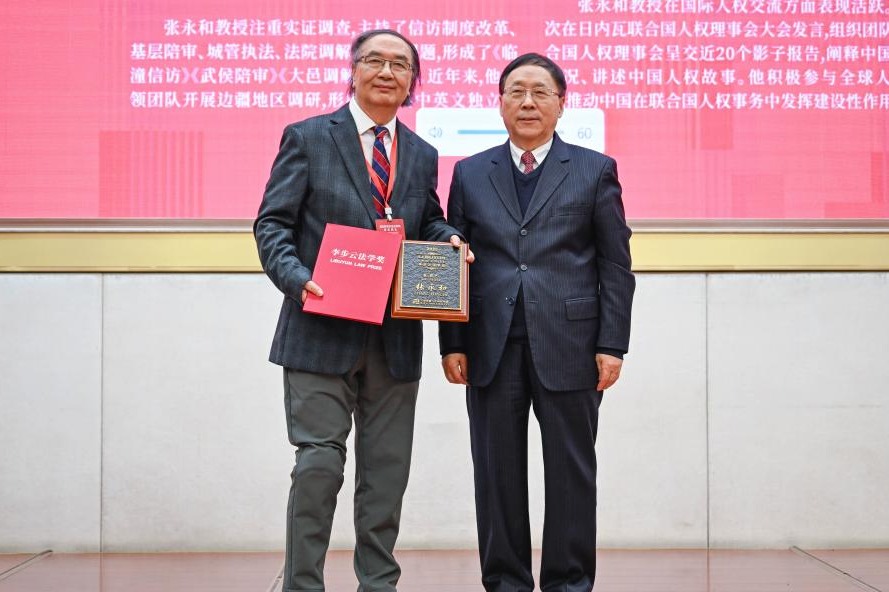Nation moves to avert demographic time bomb

Stability
Huang Kuangshi, a researcher at the China Population and Development Research Center, said factors such as longer life expectancy will narrow the gap produced by the lower birth rate, although that will mean a larger number of older people in society.
Even in the worst-case scenario, which assumes that the population will start to decline in 2022, the biggest fall would occur in 2062, which would see a decline of 13.5 million from the previous year, he said.
However, he added that would only account for 1.2 percent of the total population at the time.
It is inevitable that the population will start to shrink in about 2030, but it is possible to improve the birth rate by abolishing restrictions and establishing a social environment that encourages birth, he said.
"Given the total number of births in China every year, which stands at about 17 million, even a fall of 1 million per year is normal and would not affect population stability," he said.
Numbers to peak
By contrast, Yang Wenzhuang, from the National Health and Family Planning Commission, does not believe the population will decline drastically. Instead, he believes it will rise and then stabilize
In his opinion, the population will peak at 1.45 billion in about 2030, before falling back to about 1.38 billion by 2050, and about 1 billion by the end of the century.
"It has been estimated that it would take 40 years (1981-2021) for China's population to rise to 1.4 billion from 1 billion, and about another 70 years or so for it to fall to 1 billion again," he said.
In an effort to promote balanced population development, the National Health and Family Planning Commission will improve population monitoring, prediction and research, and provide assistance to solve the challenges facing couples in having and raising children, according to a statement published by the commission on Jan 18.
Following the introduction of the universal second-child policy in 2016, the commission released a series of measures designed to minimize risks during pregnancy.
The measures included encouraging local health authorities to raise the number of obstetrics beds in hospitals, improving training for obstetricians and providing more equipment in maternity units.
Yuan suggested that authorities now need to take more concrete measures to encourage births so the universal second-child policy will work more effectively.
"For example, authorities must build more infant nurseries and public kindergartens, which will charge far less than private ones," he said.
- Geminid meteor shower seen across China
- Sustainable agriculture in focus at Hainan forum
- Road accident in East China kills 4
- Health Bureau: Free Chinese medicine services for Tai Po fire victims
- Satellite launch marks a new milestone in UAE-China cooperation
- HK fire: 4,510 residents in shelters as support fund reaches HK$3.6b




































